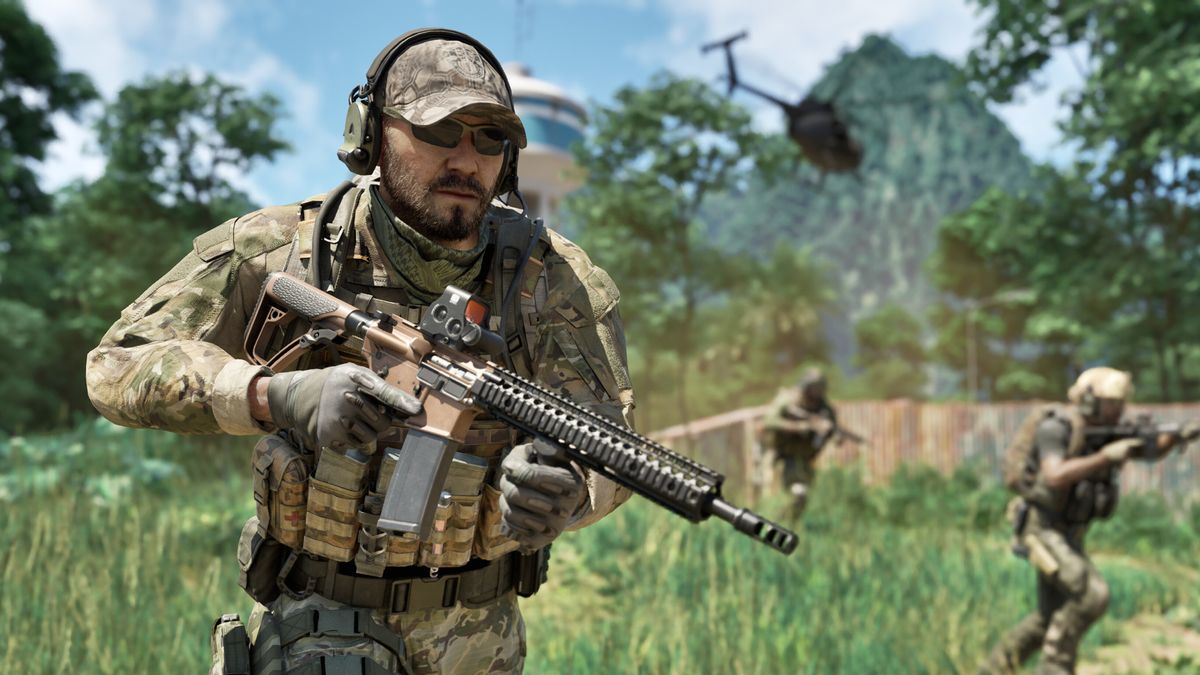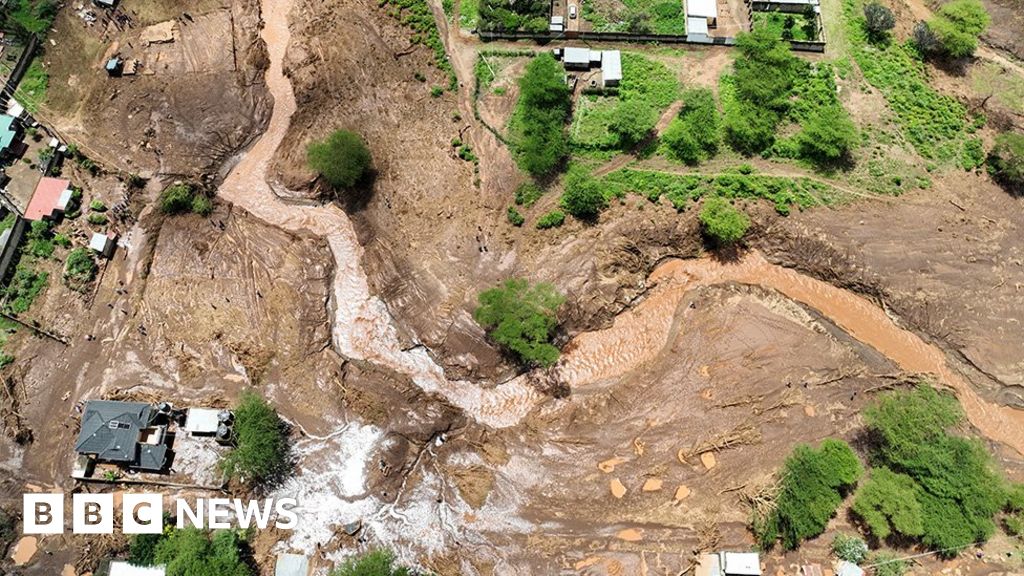/cloudfront-us-east-2.images.arcpublishing.com/reuters/75QAVGB24JKYDCORG2NX65LM3I.jpg)
SILKYARA, India (Reuters) – The first images emerged on Tuesday of 41 men trapped for more than a week in a highway tunnel in the Indian Himalayas, showing them standing in a confined space and communicating with rescue workers.
The men have been stuck in the 4.5-kilometre-long tunnel in Uttarakhand state since it collapsed early on November 12, and they are safe, with light, oxygen, food, water and medicine, authorities said.
They did not mention the cause of the collapse, but the area is vulnerable to landslides, earthquakes and floods. Efforts to extract the 41 men have been slowed by obstacles in digging through the rubble in the mountainous terrain.
A 30-second video provided by authorities showed about a dozen of the trapped men standing in a semicircle in front of the camera, wearing helmets and construction workers’ jackets over their clothes against the backdrop of lights in the tunnel.
A rescue worker can be heard outside asking the men to appear on camera one by one, to confirm their identities on the walkie-talkie that was sent.
Authorities said the video was captured on a medical endoscopy camera that was pushed through a second, wider pipeline, 6 inches (15 cm) in diameter, that was drilled through the wreckage on Monday.
An official in the rescue control room who spoke to Reuters on condition of anonymity said that the men trapped in the clip appeared to be in good condition, and responded that they were fine in response to inquiries about their safety.
A Hindu priest prays at a makeshift shrine outside the entrance to a tunnel where workers are trapped after part of the tunnel collapsed in Uttarkashi in the northern state of Uttarakhand, India, November 21, 2023. REUTERS/Saurabh Sharma Obtaining licensing rights
On Tuesday, rescuers were scheduled to resume digging horizontally through a 60-meter (195-foot) pile of debris to push through a pipe large enough for the trapped men to emerge.
Drilling stopped on Friday after a machine malfunction and fears of a new collapse.
Authorities are simultaneously working on five other plans to withdraw workers, including drilling vertically from the top of the mountain.
Abhishek Sharma, a psychiatrist sent by the state government to the site, said he asked the 41 men to walk within the 2-kilometre (1.2 mile) area where they are being held, do light yoga exercises and talk regularly among themselves to keep them safe. Busy.
“Sleep is very important for them…so far they are sleeping well and have not reported any difficulties sleeping,” Sharma told Reuters, adding that the men are in good spirits and are keen to go out soon.
Another doctor at the site, Prem Pokhriyal, said the men were asked to avoid heavy exercises that can increase the accumulation of carbon dioxide gas in the confined space during exhalation.
The trapped men are low-paid workers, mostly from poor states in northern and eastern India.
“He said he was fine,” Sunita Hembrom, sister-in-law of one of the workers trapped in the tunnel, Surendra Kisko, told reporters after speaking to him.
“He said: ‘Take care of yourselves, the kids and the parents. Just tell us what they’re doing to get us out of here.’
(Reporting by Saurabh Sharma in Silkyara; Preparing by Mohammed for the Arabic Bulletin) Writing by YP Rajesh. Edited by Clarence Fernandez
Our standards: Thomson Reuters Trust Principles.

“Travel specialist. Typical social media scholar. Friend of animals everywhere. Freelance zombie ninja. Twitter buff.”





More Stories
Kenya floods: About 50 people killed in villages near Mai Mahiu town
The Palestinian leader calls on the United States to stop the Israeli attack on Rafah
A senior Qatari official urges Israel and Hamas to make more efforts to reach a ceasefire agreement